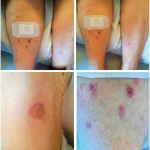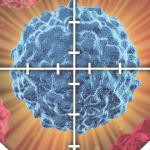Active investigation is underway into understanding how these cells work, as well as their potential therapeutic use. He again cautioned that any use of these cells for treatment must be done carefully because they could induce an autoimmune response instead of preventing one.
The use of interleukin (IL) 2, a key cytokine in the maintenance of regulatory T cells, to induce an immune response is another area of investigation. Dr. Anderson pointed out that experiments in mice have shown that knocking out IL-2 had unexpected results, with the mice developing systemic autoimmunity. “This is because of the dual activity of IL-2, both expanding the immune response as well as controlling it,” he said. Thus, methods of delivering IL-2 that favor immune control mechanisms may be an attractive therapy for autoimmunity.
Despite the caveats on the risks of immunologic therapies, Dr. Anderson said that a better understanding of immunologic tolerance may be the holy grail for developing new therapies in which only the pathogenic immune response causing disease is selectively shut off. Currently, however, finding the path to the holy grail of therapy for autoimmune diseases remains a challenge.
Mary Beth Nierengarten is a freelance medical journalist based in St. Paul, Minn.
Second Chance
If you missed this session, it’s not too late. Catch it on SessionSelect.
Reference
- Brown KE, Freeman GJ, Wherry EJ, Sharpe AH. Role of PD-1 in regulating acute infections. Curr Opin Immunol. 2010;22(3):397–401.


